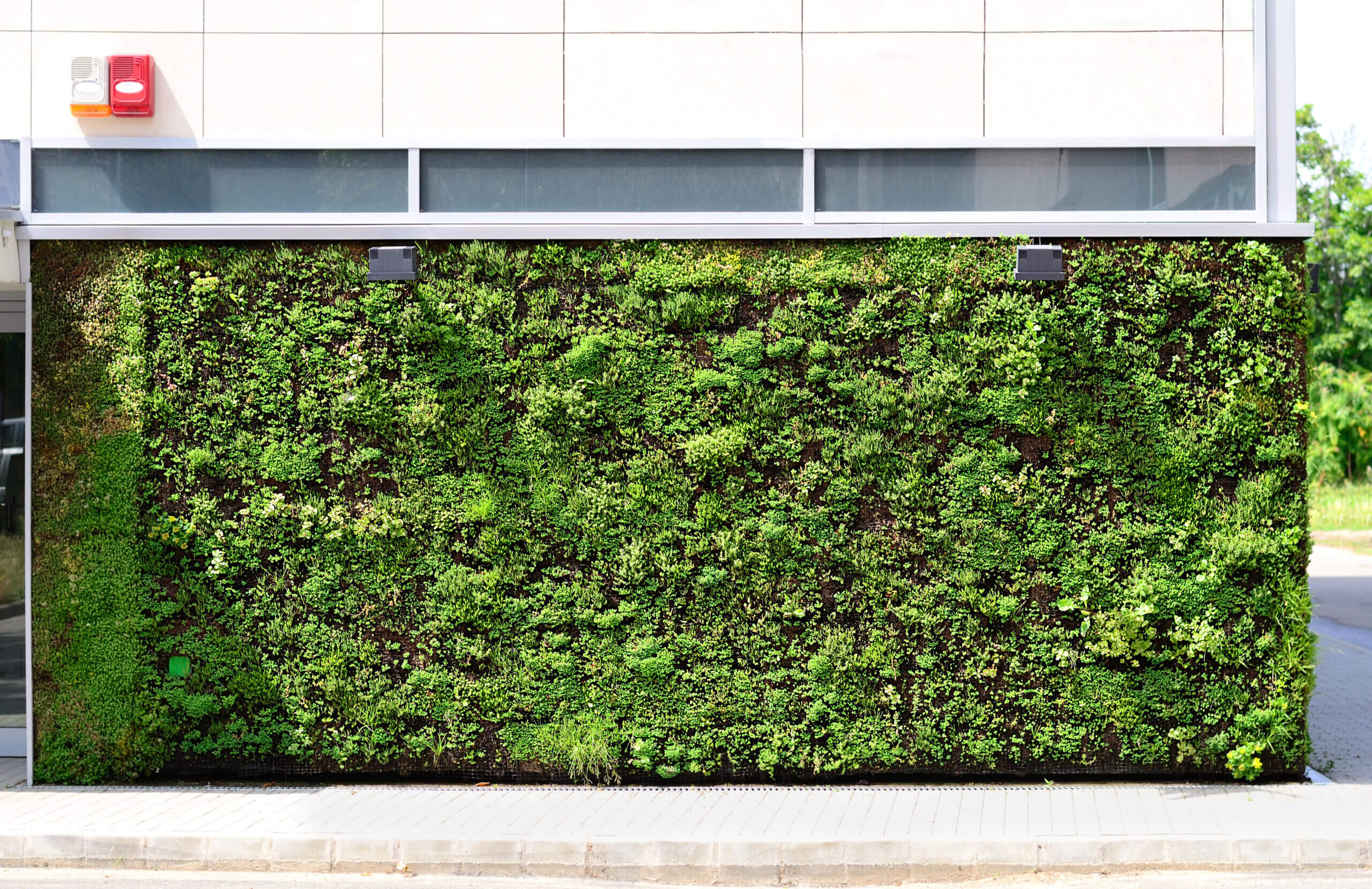
In our modern world, where environmental awareness is a top priority, revolutionary solutions like green walls are gaining traction. Known also as vertical gardens, these structures not only introduce plant life to city spaces but also provide numerous benefits for both nature and our health. This blog post will examine the fascinating world of living wall construction, look at different living wall systems, and explain why living walls have become a major eco-friendly development of the decade.
Living Wall Construction: Bringing Life to the Concrete Jungle
The creation of living walls integrates erecting vertical gardens on either external or internal walls of buildings. These vibrant installations are designed to emulate the natural growth of plants on vertical surfaces. Constructing a living wall typically follows these essential steps:
Structural Considerations: It's essential to check the structural integrity of the wall. A sturdy framework is needed to hold the weight of the plants, soil, and water.
Plant Selection: Choosing the right plants is crucial for the success of a living wall. Factors like regional weather, sunlight exposure, and wall orientation are taken into account to choose the most suitable plant species.
Irrigation System: Efficient irrigation is crucial to guarantee the plants obtain the right amount of water without wasting water.
Growing Medium: A specific growing medium, nutrient-rich and light, is used for proper plant growth.
Maintenance: Regular upkeep is necessary to maintain a healthy living wall. Ongoing tasks such as pruning and fertilizing, and pest control are all part of the care process.
Exploring Different Living Wall Systems
Over the years, living wall systems have evolved, offering a selection of options for different applications. Below are the most widespread living wall systems:
Hydroponic Systems: These are soil-free and supply nutrients and water through a sophisticated irrigation system. Known for high efficiency and low water usage.
Modular Systems: Comprising of pre-planted panels, these systems are simple to set up and suitable for both indoor and outdoor spaces.
Pocket Systems: With plant pockets that can be loaded with vegetation, these systems allow for creative designs and are commonly utilized in compact settings.
Felt or Fabric Systems: Employing felt or fabric to hold plants and growing medium, click here these are lightweight and ideal for indoor use.
Biophilic Systems: These combine living walls into architectural elements, boosting human well-being by fostering a connection with nature.
Why Living Walls are Blooming in Popularity
Living walls have achieved recognition for several reasons:
Aesthetic Appeal: Transforming areas into vibrant, green havens.
Improved Air Quality: To act as natural air purifiers.
Temperature Regulation: To provide insulation and reduce energy consumption.
Noise Reduction: Their foliage absorbs sound effectively.
Biophilic Benefits: Bringing nature closer, enhancing mental and emotional health.
Sustainability: To contribute to reducing the urban heat island effect and supporting biodiversity.
In conclusion, living wall construction and systems have transformed learn more our interaction with the built environment. As green trends grow, living walls offer a sustainable and visually stunning solution more info that benefits both the environment and our well-being. Whether you're considering transforming an office space or creating a statement in a public area, living walls are the green solution for a lively and sustainable future.